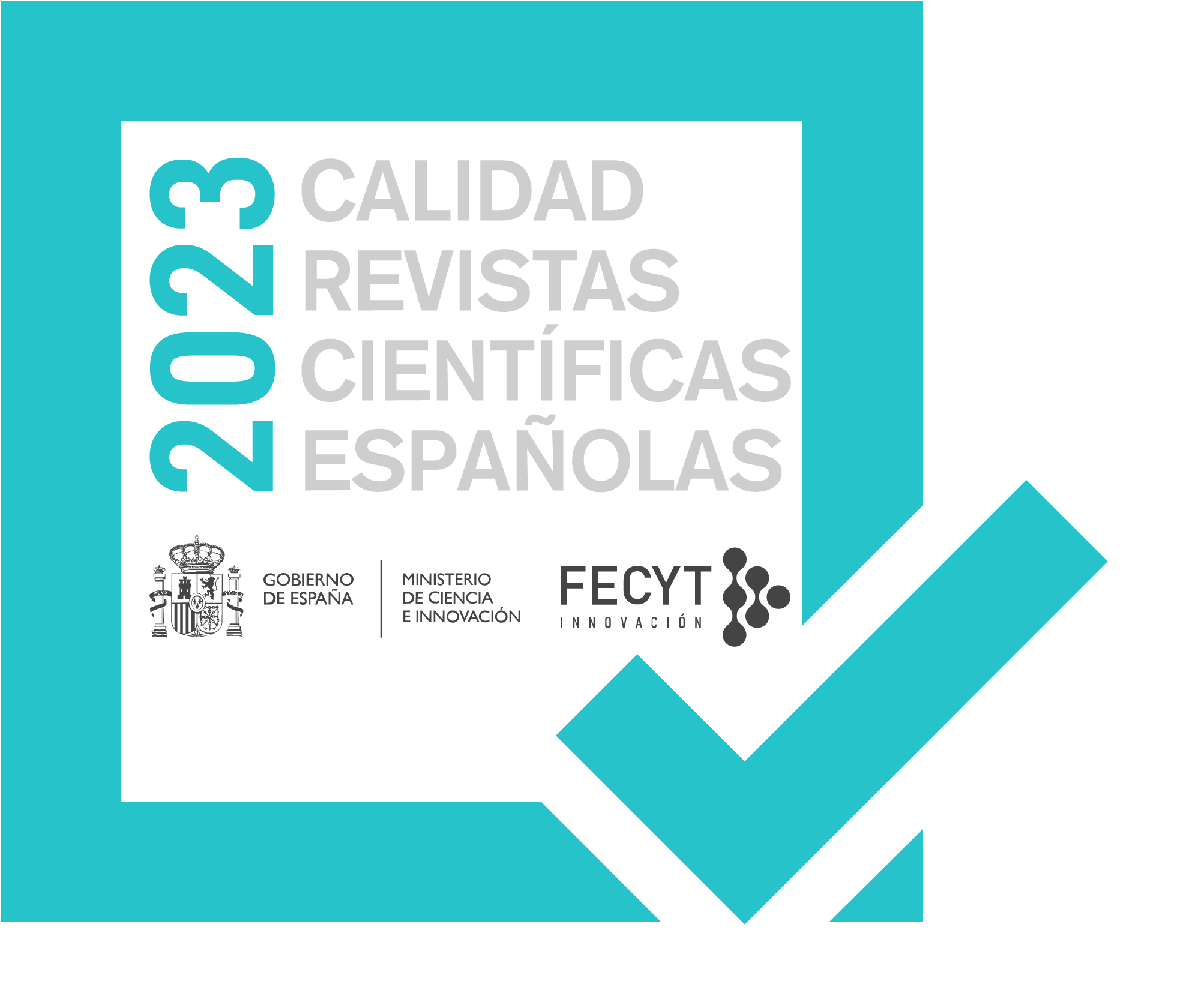A proposal for comprehensive «servitization»
integrating the logic of services from a systemic perspective
DOI:
https://doi.org/10.24310/Idiseno.2020.v15i0.10576Keywords:
servitization, service logic, service design, service ecosystems, relational business model, integral transformationAbstract
The concept of servitization first appears in 1988 whith the publication of Vandermerwe & Rada’s article (Vandermerwe & Rada, 1988), and it designates the tactic consisting in additioning or infusing services to preexisting offerings, turning them in all sorts of hybrids (PSS type).
Servitization has been used as a business model innovation tool and, as such, it has been adopted by organizations of all kind and sizes, with inconsistent results. Today, such tactic is undergoing a strong scrutiny after several of its proponents backed up and started diluting or removing the services they had previously incorporated.
Far from seeing it as just a tactic to diversify offerings, I posit in this piece for servitization to be considered integrally and applied from the internal organization of the firm all the way to the ecosystem the organization is part of, and, of course, to the services themselves, in order for the company to truly transition from a transactional business model to a relational one.
The tool I believe works best for this business transformation is service design, knowing that it is the discipline that can currently guarantee a systemic adaptation of companies to the new and changing conditions of the socioeconomic environment.
It goes without saying that this conceptual proposal should need a later research applied to specific cases in order to be validated and improved; my intention here is to simply contribute to the discussion by bringing, for lack of a proper academic procedure, a personal perspective that stems from a long exposure to this field of study.
Downloads
Metrics
Publication Facts
Reviewer profiles N/A
Author statements
Indexed in
-
—
- Academic society
- N/A
- Publisher
- Universidad de Málaga
References
Akaka, M. A., & Vargo, S. L. (2015). Extending the context of service: From encounters to ecosystems. Journal of Services Marketing, 29(6/7), 453–462. https://doi.org/10.1108/JSM-03-2015-0126
Baines, T., Ziaee Bigdeli, A., Sousa, R., & Schroeder, A. (2020). Framing the servitization transformation process: A model to understand and facilitate the servitization journey. International Journal of Production Economics, 221, 107463. https://doi.org/10.1016/j.ijpe.2019.07.036
Brax, S. A., & Visintin, F. (2017). Meta-model of servitization: The integrative profiling approach. Industrial Marketing Management, 60, 17–32. https://doi.org/10.1016/j.indmarman.2016.04.014
den Ouden, E. (2012). Innovation Design: Creating Value for People, Organizations and Society. Springer International Publishing. DOI 10.1007/978-1-4471-2268-5
Desmarchelier, B., Djellal, F., & Gallouj, F. (2020). Towards a servitization of innovation networks: A mapping. Public Management Review, 22(9), 1368–1397. https://doi.org/10.1080/14719037.2019.1637012
Grönroos, C. (2000). Service Management and Marketing A Customer Relationship Management Approach (2nd ed.). Wiley.
Grönroos, C. (2011). Value co-creation in service logic: A critical analysis. Marketing Theory, 11(3), 279–301. https://doi.org/10.1177/1470593111408177
Heskett, J. L., Jones, T. O., Loveman, G. W., Sasser, W. E., & Schlesinger, L. A. (1994). Putting the Service-Profit Chain to Work. 12.
Kimbell, L. (2014). The Service Innovation Handbook. Action Oriented Creative Thinking Toolkit for Service Organizations. BIS.
Kowalkowski, C. (2010). What does a service-dominant logic really mean for manufacturing firms? CIRP Journal of Manufacturing Science and Technology, 3(4), 285–292. https://doi.org/10.1016/j.cirpj.2011.01.003
Kowalkowski, C., Gebauer, H., Kamp, B., & Parry, G. (2017). Servitization and deservitization: Overview, concepts, and definitions. Industrial Marketing Management, 60, 4–10. https://doi.org/10.1016/j.indmarman.2016.12.007
Kurtmollaiev, S., Fjuk, A, Pedersen, P.E., Clarworthy, S., and Kvale, K. (2017), Organizational Transformation Through Service Design: The Institutional Logics Perspective, Journal of Service Research 2018,, Vol. 21(1) 59-74
Normann, R. (2001). Reframing Business When the Map Changes the Landscape. John Wiley and Sons, Ltd.
Normann, R., & Ramirez, R. (1993, August). From Value Chain to Value Constellation: Designing Interactive Strategy. Harvard Business Review.
Patrício, L., Fisk, R. P., Falcão e Cunha, J., & Constantine, L. (2011). Multilevel Service Design: From Customer Value Constellation to Service Experience Blueprinting. Journal of Service Research, 14(2), 180–200. https://doi.org/10.1177/1094670511401901
Peltoniemi, M. (2006). Preliminary theoretical framework for the study of business ecosystems. E:CO, 8(1), 10–19.
Sarasvathy, S. D., & Dew, N. (2005). New market creation through transformation. Journal of Evolutionary Economics, 15(5), 533–565. https://doi.org/10.1007/s00191-005-0264-x
Shostack, G. L. (1977). Breaking Free from Product Marketing. Journal of Marketing, 41(2), 73. https://doi.org/10.2307/1250637
Vandermerwe, S., & Rada, J. (1988). Servitization of business: Adding value by adding services. European Management Journal, 6(4), 314–324. https://doi.org/10.1016/0263-2373(88)90033-3
Vargo, S. L., & Lusch, R. F. (2004). Evolving to a New Dominant Logic for Marketing. Journal of Marketing, 68(1), 1–17.
Wirtz, J., & Lovelock, C. (2016). Services marketing: People, technology, strategy (7th ed.). World Scientific Publishing Company.

Downloads
Published
How to Cite
Issue
Section
License
Aquellos autores/as que tengan publicaciones con esta revista, aceptan los términos siguientes:- Los autores/as conservarán sus derechos de autor y garantizarán a la revista el derecho de primera publicación de su obra, el cuál estará simultáneamente sujeto a la Licencia de reconocimiento de Creative Commons que permite a terceros compartir la obra siempre que se indique su autor y su primera publicación esta revista.
- Los autores/as podrán adoptar otros acuerdos de licencia no exclusiva de distribución de la versión de la obra publicada (p. ej.: depositarla en un archivo telemático institucional o publicarla en un volumen monográfico) siempre que se indique la publicación inicial en esta revista.
- Se permite y recomienda a los autores/as difundir su obra a través de Internet (p. ej.: en archivos telemáticos institucionales o en su página web) antes y durante el proceso de envío, lo cual puede producir intercambios interesantes y aumentar las citas de la obra publicada. (Véase El efecto del acceso abierto).







14.png)



